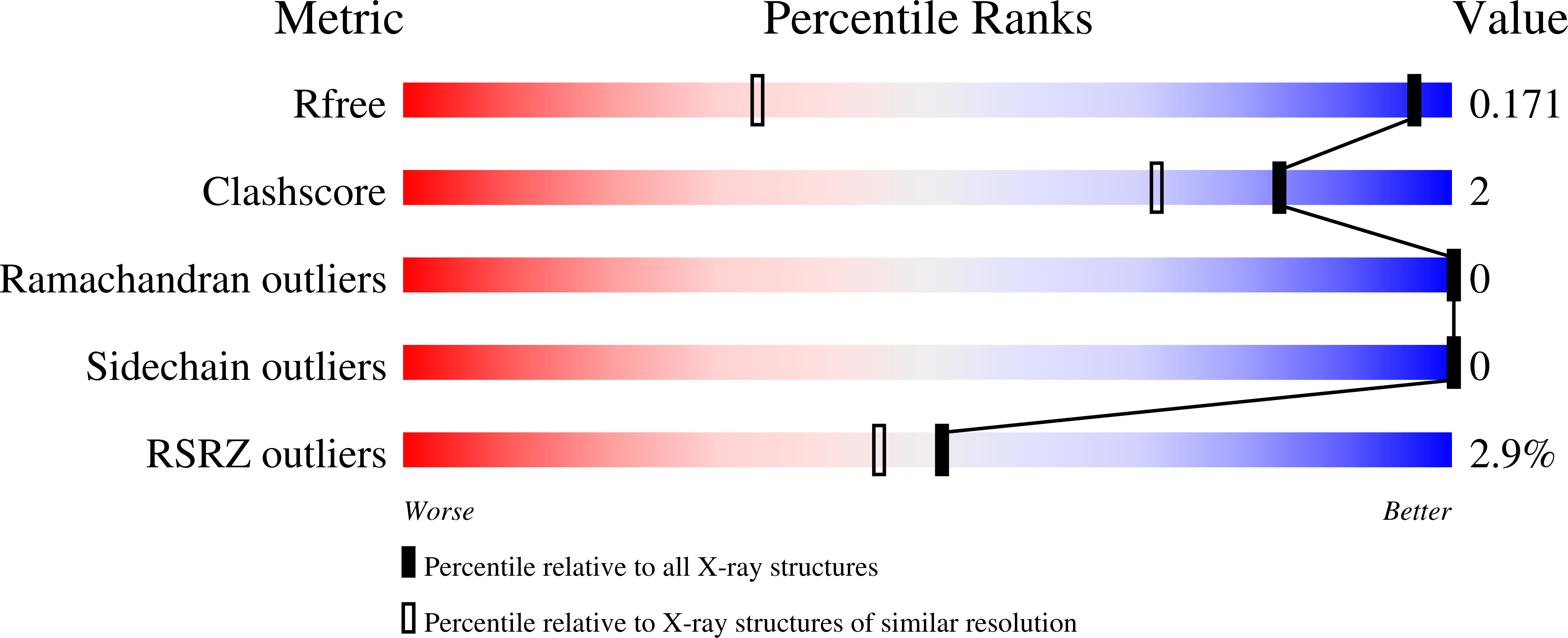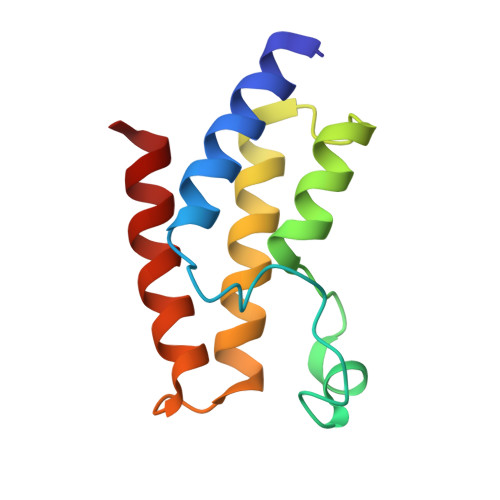Water molecules in protein-ligand interfaces. Evaluation of software tools and SAR comparison.
Nittinger, E., Gibbons, P., Eigenbrot, C., Davies, D.R., Maurer, B., Yu, C.L., Kiefer, J.R., Kuglstatter, A., Murray, J., Ortwine, D.F., Tang, Y., Tsui, V.(2019) J Comput Aided Mol Des 33: 307-330
- PubMed: 30756207
- DOI: https://doi.org/10.1007/s10822-019-00187-y
- Primary Citation of Related Structures:
6BIK, 6BKE, 6BKH, 6BKW, 6BLN, 6BQA, 6BQD, 6EP9 - PubMed Abstract:
Targeting the interaction with or displacement of the 'right' water molecule can significantly increase inhibitor potency in structure-guided drug design. Multiple computational approaches exist to predict which waters should be targeted for displacement to achieve the largest gain in potency. However, the relative success of different methods remains underexplored. Here, we present a comparison of the ability of five water prediction programs (3D-RISM, SZMAP, WaterFLAP, WaterRank, and WaterMap) to predict crystallographic water locations, calculate their binding free energies, and to relate differences in these energies to observed changes in potency. The structural cohort included nine Bruton's Tyrosine Kinase (BTK) structures, and nine bromodomain structures. Each program accurately predicted the locations of most crystallographic water molecules. However, the predicted binding free energies correlated poorly with the observed changes in inhibitor potency when solvent atoms were displaced by chemical changes in closely related compounds.
Organizational Affiliation:
Universität Hamburg, ZBH - Center for Bioinformatics, Bundesstraße 43, 20146, Hamburg, Germany. [email protected].















